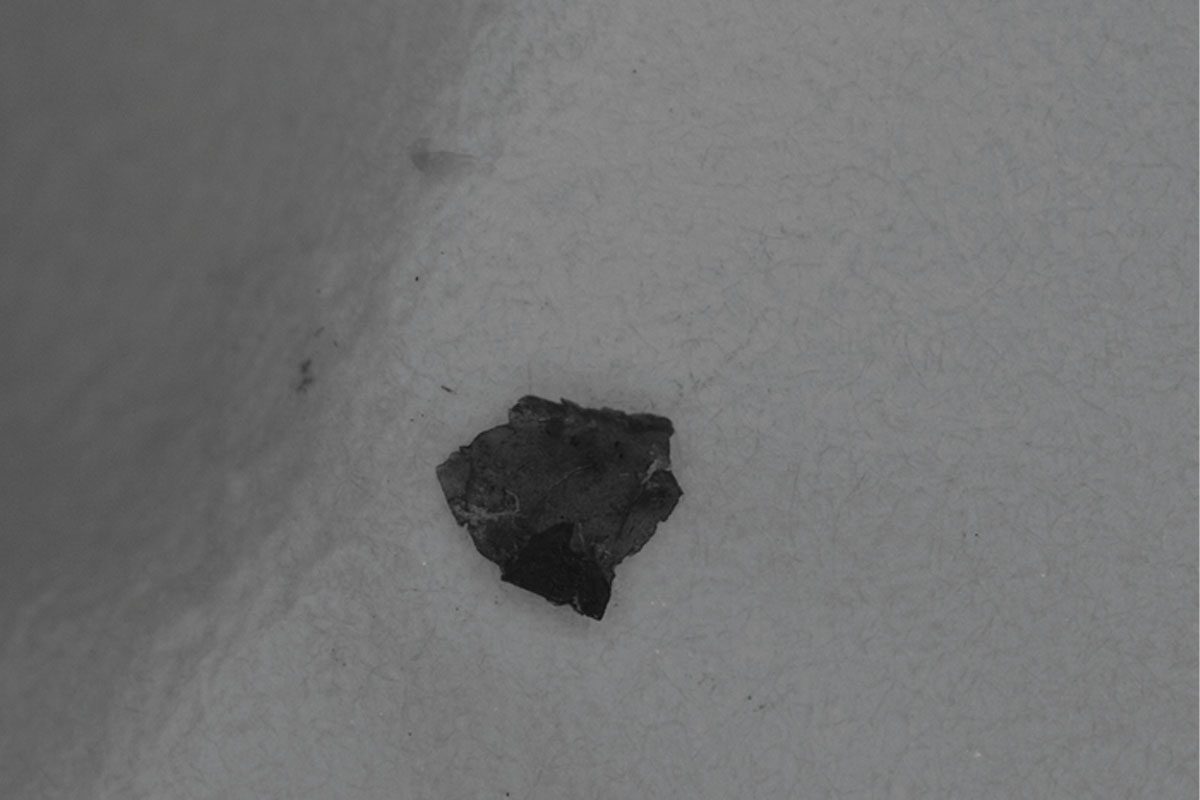Flakes of paint could be one of the most abundant types of microplastic particle in the ocean, according to new research.

Through a range of surveys conducted across the North Atlantic Ocean, a group estimated that each cubic metre of seawater contained an average of 0.01 paint flakes.
This, they say, suggests the material is second only in terms of recorded abundance to microplastic fibres, which have an estimated concentration of about 0.16 particles per m3.
A detailed chemical analysis of some of the flakes, conducted on some of the particles gathered during the surveys, also revealed high quantities of copper, lead, iron and other elements.
This is because they are designed to have antifouling or anti-corrosive properties, and this could pose an additional environmental threat to both the ocean and many species living within it when the particles are ingested.
The study, published in Science of the Total Environment, was carried out by scientists from the University of Plymouth and the Marine Biological Association (MBA).
In 2019 the groups demonstrated there had been a significant increase in open-ocean plastics since the late 1950s.
Dr Andrew Turner, Associate Professor in Environmental Sciences at the University of Plymouth, said: “Paint particles have often been an overlooked component of marine microplastics but this study shows that they are relatively abundant in the ocean.”
The study is based around data gathered by the MBA’s Continuous Plankton Recorder (CPR), which is fitted with silk meshes and towed in surface waters similar to the spaces occupied by marine mammals.
Over the course of 2018, it was used to sample sea water right across the North Atlantic region, from the Arctic Ocean to Spain, and from the eastern United States to Sweden.
More than 3,600 samples were collected during that time and flakes were reported in about 2.8% (102) of all silks analysed. That compares with fibres or strands being observed in 48.8% (1763) of silks over the same period.
Shelf life
Paint flakes also appeared to be more densely distributed around the shelf seas of northwest Europe than in the open, or more remote, ocean environments.
An analysis of the paint particles was carried out in labs at the University using X-ray fluorescence (XRF) spectrometry, with their chemical composition being found to be consistent with that on the hulls and other painted components of ships mobilised in the Atlantic region.






